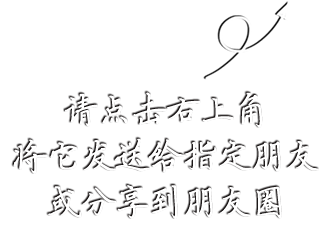接上)
具体过程如下:
(1)首先建立数据库配置文件,我们在这里定为database.xml,当然也可以改成是其它名字。
<?xml version="1.0" encoding="gb2312"?>
<database name="CustomerDemo" engine="mysql">
<driver url="jdbc:mysql://cwb:3306/quickstart" class-name="org.gjt.mm.mysql.Driver">
<param name="user" value="dbusername"/>
<param name="password" value="dbpassword "/>
</driver>
<mapping href="Customer.xml"/>
</database>
建立影射文件Customer.xml
<?xml version="1.0" encoding="gb2312"?>
<class name="Demo.Customer" access="shared" identity="customerID">
<map-to table="users"/>
<field name="customerID" type="integer">
<sql name="customerID" type="integer"/>
</field>
<field name="name" type="string">
<sql name="name" type="varchar"/>
</field>
</class>
建立持久化类,与hibernate的是一样的类似javabean的类
package Demo;
public class Customer {
private String name;
private int customerID;
public Customer() {
}
public int getCustomerID() {
return customerID;
}
public void setCustomerID(int customerID) {
this.customerID = customerID;
}
public String getName() {
return name;
}
public void setName(String name) {
this.name = name;
}
}
基本的实现后,我们可以看看这个demo怎么运行。
import java.util.*;
import org.exolab.castor.jdo.*;
import java.net.*;
public class CustomerManager {
JDO jdo;
Database db;
public CustomerManager() throws DatabaseNotFoundException,
PersistenceException {
//定义一个JDO对象
jdo = new JDO();
jdo.setDatabaseName("CustomerDemo");
jdo.setConfiguration("database.xml");
jdo.setClassLoader(getClass().getClassLoader());
//获得连接数据库
db = jdo.getDatabase();
}
/**
* 用于读取用户
* param id Customer 对象的主键
*/
public Customer loadCustomer(Integer id) throws DatabaseNotFoundException,
PersistenceException {
Customer result = null;
//开始事务
db.begin();
result = (Customer) db.load(Customer.class, id);
//完成事务,关闭数据库
db.commit();
db.close();
return result;
}
/**
* 用于建立用户
* param Customer newCustomer 新对象
*/
public void createCustomer(Customer newCustomer) throws
DatabaseNotFoundException,
PersistenceException {
Customer result = null;
db.begin();
//新建Customer
db.create(newCustomer);
db.commit();
db.close();
}
/**
* 更新旧的对象
*/
public Customer updateCustomer(Customer updateCustomer) throws
DatabaseNotFoundException,
PersistenceException {
db.begin();
//更新Customer
db.update(updateCustomer);
db.commit();
db.close();
return null;
}
public void removeCustomer(Customer removeCustomer) throws
DatabaseNotFoundException,
PersistenceException {
db.begin();
//删除Customer
db.remove(removeCustomer);
db.commit();
db.close();
}
}
在Castor JDO对象模型上执行查询
Castor 实现了对象查询语言(OQL)的 ODMG 3.0 规范的一个子集。OQL 的语法类似于 SQL 的语法,但它却使您能够查询对象模型,而不是直接查询数据库。在支持多个数据库时,这可能是一项强大的功能。Castor 的 OQL 实现在内部将 OQL 查询转换成用于数据库的适当的 SQL。使用 bind() 方法将参数绑定到查询上。以下是 OQL 查询的一些简单示例。
Castor 的 OQL 实现并不在整个查询中继续使用全限定对象名,相反它支持对象别名的使用。在下面的这些查询中,c 就是这样的一个别名。
如果想要查询以找出所有 Customer,可以执行下列查询:
SELECT c FROM Demo.Customer c
如果想要查询以找出标识等于 1234 的Customer,可以以:
SELECT c FROM Demo.Customer c WHERE c.CustomerID= $1
开始,后跟:
query.bind( 1234 )
要查询名称与特殊字符串相似的 Customer,可以执行下列查询:
SELECT c FROM Demo.Customer c WHERE c.name LIKE $1
后跟:
query.bind( "%abcd%" )
3、ObjectSpaces
ObjectSpaces是微软.Net下面的O/R Mapping,到目前为止还是Beta版,相信会在VS.Net 2004出现正式版。.Net下的O/R Mapping没有像java方面那样的兴旺,开放源码的也不多,OJB. Net、AtomsFramework、OPF.Net等,都有相当的知名度,但还在不断的成熟之中。ADO.Net功能强大,与JDBC有很多不同的地方,所以.Net下的O/R Mapping有很多自己的特色。
现在简单的介绍下ObjectSpaces的用法,大家可以跟Hibernate和JDO比较一下。
ObjectSpaces同样有一个配置Source.xml文件:
<sources xmlns="http://www.microsoft.com/ObjectSpaces-v1">
<!-数据连接的配置-->
<source name="Demo" adapter="sql" connection="Data Source=LocalHost; Integrated Security=SSPI; Database=CustomerDemo"/>
</sources>
每个持久化类也有对应的一个map.xml:
<map xmlns="http://www.microsoft.com/ObjectSpaces-v1">
<type name="Customer" dataSource="customer">
<property name="customerID" dataSource="customerID"/>
<property name="Name" dataSource="CustomerName"/>
</type>
</map>
大家有Hibernate上面的例子,相信很容易看得懂这段xml,很多都是大同小异。同样,也需要一个持久化类:
public abstract class Customer
{
//定义主键
[UniqueId] public abstract int customerID { get; set; }
//同样定义属性
public abstract string Name { get; set; }
public void OnCreate(int newId)
{
customerID = newId;
}
}
使用的例子:
//装入Source.xml,建立ObjectSpace工厂
IObjectSpace os = ObjectSpaceFactory.CreateObjectSpace("Source.xml");
//新建一个Customer
Customer theCustomer = (Customer) os.CreateObject( typeof(Customer), "1" );
theCustomer.Name = "Karl";
//保存新增的Customer
os.UpdateAll();
如果需要用数据库保存持久化类,写法有点不同:
//建立Connection
string ConnectionString = "Data Source=localhost;Integrated Security=SSPI;Initial Catalog=CustomerDemo;";
SqlConnection Connection = new SqlConnection(ConnectionString);
SqlDataAdapter theSqlDataAdapter = new SqlDataAdapter("select * from Customer",
Connection);
DataSet ds = new DataSet("Customer");
theSqlDataAdapter.Fill(ds, "Customer");
//建立一个DataSpace实例
DataSpace theDataSpace = new DataSpace("Map.xml", ds);
//从DataSpace取Name是"Karl" 的Customer.
Customer theCustomer = (Customer) theDataSpace.GetObject(typeof(Customer), "Name='Karl' ");
//修改Name
theCustomer.Name = "little karl";
以上简单的介绍了一下Hibernate、JDO和ObjectSpaces的使用,要想更加的深入理会,那要好好自己研究下了。
(下一章 《四、我的第一版O/R Mapping介绍》)
三、现有的O/R Mapping产品介绍
80酷酷网 80kuku.com





